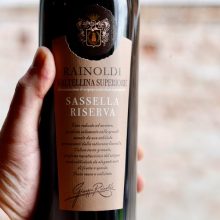
Product information
Rainoldi Superiore DOCG Sassella Riserva 2015
$96
Description
Based on the 2013, I can’t wait to try the 2015! Notes from the 2013: The Aldo Rainoldi’s Sassella Riserva is a cracker. The lovely line of acid marries beautifully with red fruit of great depth and length. Earthy with hints of tar and spice. This is a beautiful wine layered and together. Excellent development. Great drinking now.
Ar.Pe.Pe’s wines have created loads of excitement & interest in the Nebbiolos of Valtellina. Sub-regions like Sassella, Inferno and Grumello are now part of the Neb-Heads vernacular. Like Ar.Pe.Pe and Petrisco’s Boffalora, Rainoldi are making thirst-quenching wines of intrigue.
Out of stock



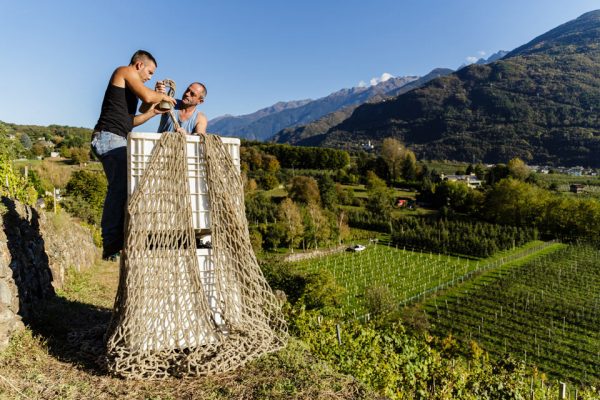
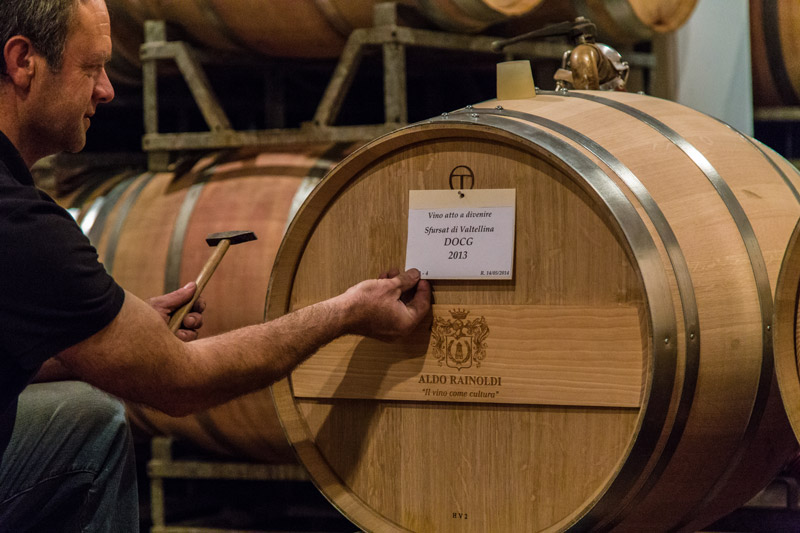




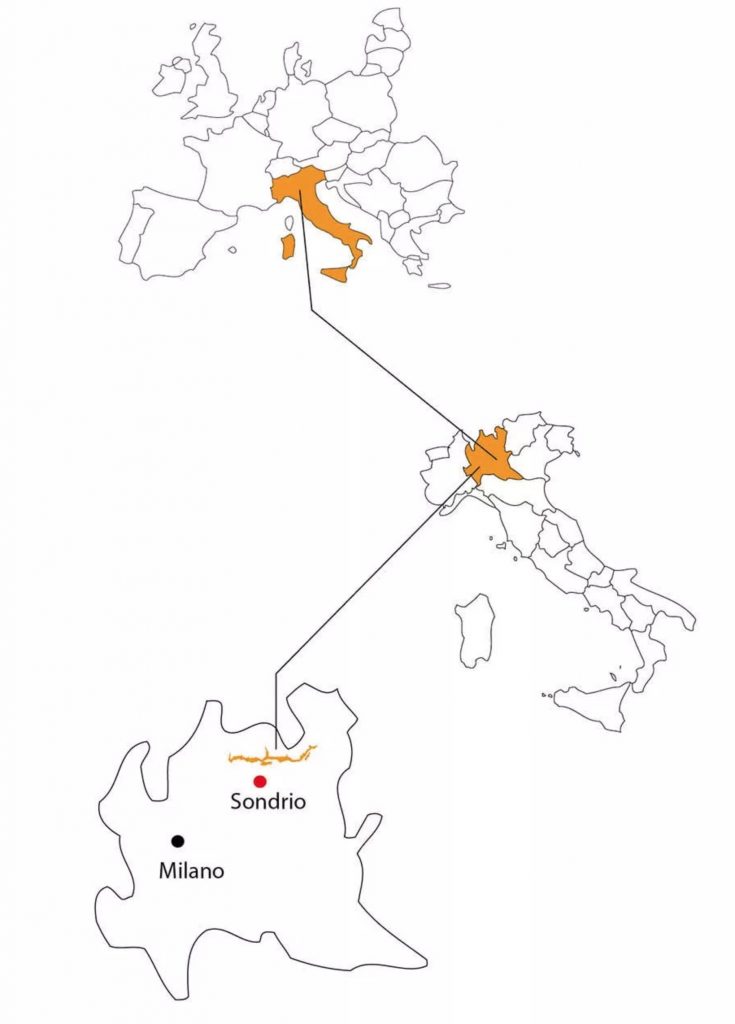
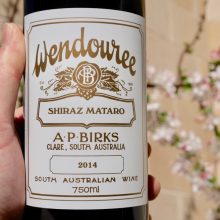
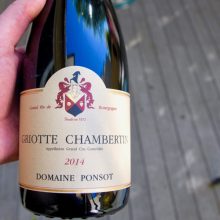
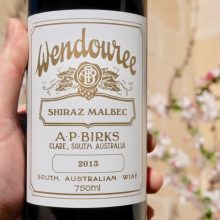
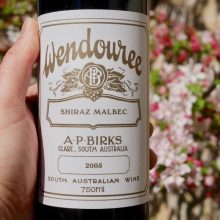
You must be logged in to post a comment.